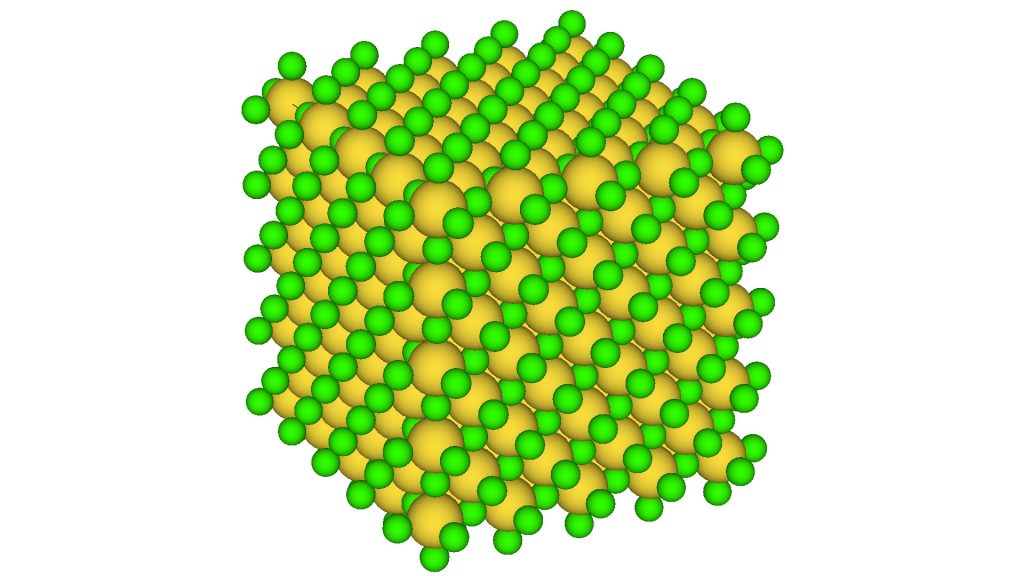This e-book is about questions and answers on crystallographic topics. Probably because of clever artificial intelligence algorithms, I am more and more frequently contacted by Quora to answer questions related to crystallography. Quora is a website where anyone can freely ask questions about any subject and anyone can also answer freely those questions.
After more than five years of contributions it appears that I have answered more than 200 questions covering different aspects of basic crystallography. Many answers are complemented by references pointing directly to other Quora questions or other websites.
We felt there is a need to introduce some logical structure in terms of chapters and sections into the Quora questions in order to get a better overview on the subject of crystallography. This requirement was at the origin of the creation of a website with the only purpose to classify the questions before reading the answers on the Quora website.

The Quora questions present a direct overview of the crystallographic subjects which are poorly understood or require some additional explanations. The subjects of Miller indices and the concept of lattice planes seems to create the most confusion among the requests for answers. The reciprocal lattice is also very often the subject of many questions. Perhaps the most striking problem is the recurring confusion between the concepts of lattice and crystal structures.
The answers listed in the e-book are not intended to be a basic textbook in crystallography. Rather, this is a place where you can find quick answers to a large number of crystallographic topics. If the answer does not go deeply into details, it is possible to point to more precise answers.
There are many types of reader who can take advantage of this e-book. First, the student in basic science who most probably will never get the opportunity to dedicate more time to the fundaments of crystallography. Second, young PhD students will most of the time get results from their crystallographic service laboratory without the basic formation required to understand the subject. Finally, any scientist outside the branch of crystallography may consult the answers to the questions given here to get some basic knowledge on the subject.